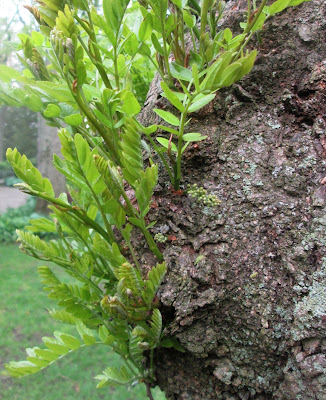There is no question that 2020 has been a difficult year. We have seen way too many deaths that should have been avoidable, along with all the economic disruption caused both by the virus itself and our attempts to control it (which might have been more successful had more supposed adults done as public health experts asked). Schools closed, and parents not trained as teachers suddenly had to oversee online education for kids who were missing their friends and not wanting to sit in front of a screen (a natural and healthy reaction, let me add). The natural world gave us wildfires, hurricanes, and murder hornets. The US had an election that should have ended eight weeks ago. (I am hoping that four-year presidential campaigns and unending elections do not become the norm.) Mental health hotlines have been flooded with calls.
But for introverts who managed to stay healthy, 2020 has not been so bad. Sitting in one's favorite chair with a book became a perfectly respectable semi-activity. Taking long walks alone became normal. Puttering around the house or in our gardens instead of socializing became a reasonable choice. Indeed, avoiding social events became a civic virtue, not the sign of depression that many extroverts seem to assume it is. (Not to be too critical of my extrovert friends, but in my experience most extroverts seem unable to understand that some people find their energy depleted by too much time spent in the company of humans.) Articles on how to enjoy time alone proliferated.
Yes, 2020 was a good year for introverts.
But now, the vaccine rollout has begun, and we can hope that infection and death rates from the novel coronavirus will begin to decline. This is absolutely a good thing. By this time next year, the world may have returned to “normal.” This is going to be a serious adjustment for some of us.
It is likely that people will want to make up for lost time, so there will be an upsurge in parties. Gaggles of humans will become commonplace again, and extroverts will want to see all the people from whom they have been separated for the duration of the pandemic. We will all be receiving lots of invitations from people we like. Bars and restaurants will be packed, making a quiet meal or drink with friends impossible in any public place. Every weekend in any month of remotely decent weather will have its festival, with every civic-minded person expected to come out in support of whatever-it-is (and all our civic organizations need our support, so I get it). Spending significant chunks of time with humans will be expected.
Extroverts, please be considerate of your introvert friends. After so many months of blessed quiet, we will not be okay.
 |
| Alone but not lonely in Cozumel |



















































